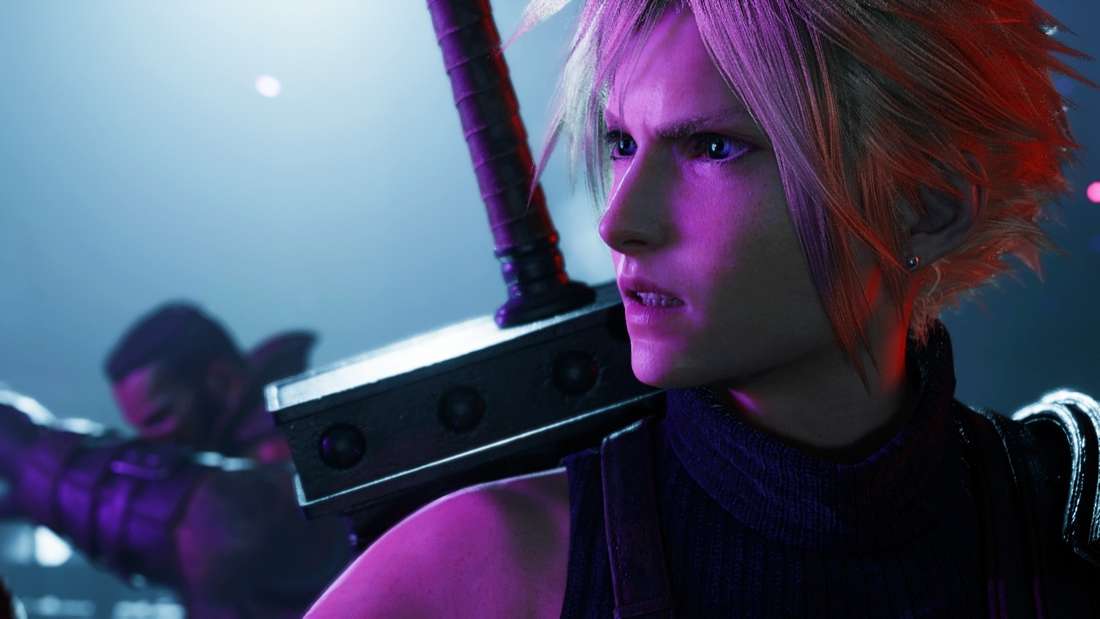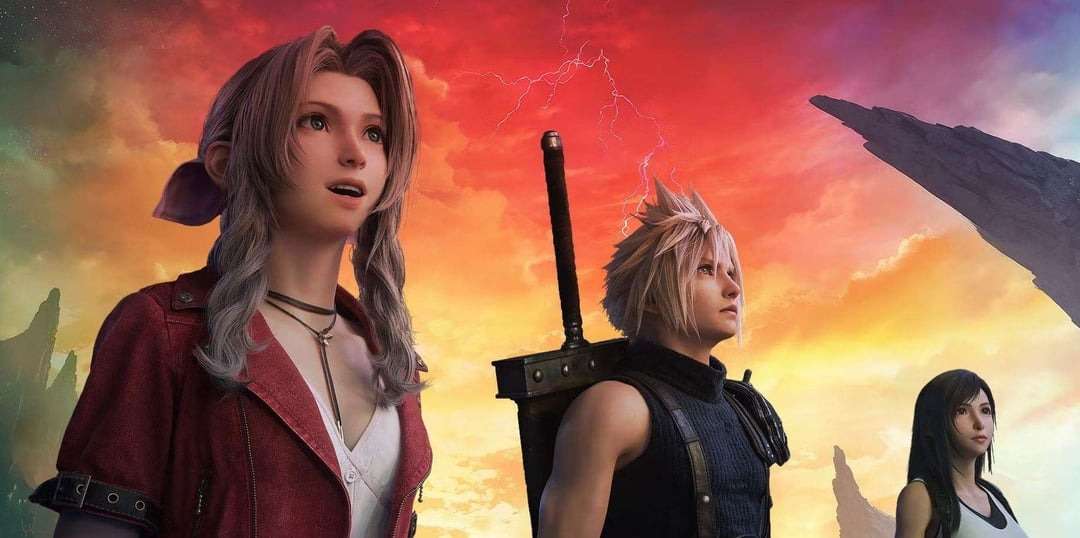A Strategic Pivot: How Final Fantasy 7’s Director Evolved the Remake Trilogy’s Design Philosophy
Popular Now
 Genshin Impact
Genshin Impact
 Call of Duty
Call of Duty
 BeamNG.drive
BeamNG.drive
 Minecraft
Minecraft
 Valorant
Valorant
 Black Myth: Wukong
Black Myth: Wukong
 Stumble Guys
Stumble Guys
 Toca Boca World
Toca Boca World
 Warframe
Warframe
 League of Legends
League of Legends
 The journey of the Final Fantasy VII Remake project is not only one of nostalgic recreation but also of aggressive innovation in the highly competitive AAA gaming market. New reports from the trilogy’s director, Naoki Hamaguchi, highlight a fascinating and deliberate shift in developmental inspiration between the first and second installments, demonstrating a key strategic pivot to maximize player engagement and capitalize on diverse gaming trends. This tactical change, drawing inspiration from titles like God of War and The Witcher 3, is a critical factor in the franchise’s successful reimagining and modernization.
The journey of the Final Fantasy VII Remake project is not only one of nostalgic recreation but also of aggressive innovation in the highly competitive AAA gaming market. New reports from the trilogy’s director, Naoki Hamaguchi, highlight a fascinating and deliberate shift in developmental inspiration between the first and second installments, demonstrating a key strategic pivot to maximize player engagement and capitalize on diverse gaming trends. This tactical change, drawing inspiration from titles like God of War and The Witcher 3, is a critical factor in the franchise’s successful reimagining and modernization.
The core team, including Hamaguchi, has consistently maintained that while Final Fantasy VII Remake and its successor, Final Fantasy VII Rebirth, are part of the same saga, they represent fundamentally different structural experiences. This distinction is intentionally reflected in the choice of high-performing, benchmark titles used for inspiration, which influences everything from pacing to the exploration model, all vital elements for driving high-value video game sales and premium content visibility.
 Remake: The Linear Narrative Inspired by God of War and The Last of Us
Remake: The Linear Narrative Inspired by God of War and The Last of Us
For the first part of the trilogy, Final Fantasy VII Remake, Hamaguchi and the development team explicitly focused on a highly cinematic, story-driven game structure. This choice was a direct response to the confined, densely-packed urban environment of Midgar, which serves as the entirety of the first game’s setting. The goal was to create an intense, linear, and emotionally resonant narrative, a style perfected by certain PlayStation flagship titles.
StrongKey Design Influences for Final Fantasy VII Remake:
- God of War (2018): Cited for its focused, seamless narrative delivery and deep, contained character relationships. The inspiration centered on the effective pacing of a story with high emotional stakes, ensuring that the Midgar setting felt weighty and consequential.
- The Last of Us: Referenced for its cinematic flair and the tight, focused progression through environments. This helped shape the Remake’s meticulous level design, where every corridor and area serves a deliberate story or combat purpose, maximizing the dramatic tension of the initial chapters of the FF7 storyline.
By emulating these titles, the developers ensured that Remake introduced the classic story to a new generation of players with a polished, contemporary AAA feel. This linear focus was essential for retaining narrative control and establishing the intricate plot alterations that define the Remake saga, a crucial strategy for maximizing pre-order revenue and generating high search engine result page (SERP) visibility around new-release JRPGs.
Rebirth: Transitioning to Open-World Dynamics with The Witcher 3
The sequel, Final Fantasy VII Rebirth, represents the vast expanse of the world outside of Midgar, a monumental shift that demanded a complete structural redesign. To handle the scale and non-linearity of the world map, Director Hamaguchi looked to one of the most critically acclaimed open-world titles in the industry’s history.
StrongKey Design Inspiration for Final Fantasy VII Rebirth:
- The Witcher 3: Wild Hunt: Hamaguchi confirmed that The Witcher 3 served as a major source of inspiration for Rebirth’s ambitious open-world design. This reference point is crucial, as The Witcher 3 is renowned not just for its massive map, but for the quality and narrative depth of its side quests and world exploration.
- A Focus on Exploration and Scale: Unlike the tightly controlled experience of Remake, Rebirth was designed to give players a true sense of freedom and discovery. The influence of The Witcher 3 is evident in the sprawling, distinct regional maps that encourage detailed exploration, optional content with compelling storylines, and environmental storytelling that was previously impossible within the confines of Midgar.
- Balancing Narrative and Freedom: The challenge for Rebirth was to integrate a meticulously planned, dramatic mainline narrative with a vast, open playground. The influence from best-in-class open-world games provided the framework for this balance, ensuring the new content was additive and meaningful, rather than feeling like ‘filler’, which remains a key concern in the modern gaming industry and a topic with high CPC search volume related to game review analysis and game pacing debates.
This strategic shift highlights the developers’ pragmatic approach: selecting the most successful industry benchmarks to match the specific structural needs of each game in the trilogy. The change from the linear focus of God of War to the expansive freedom of The Witcher 3 reflects the dramatic expansion of the FF7 narrative scope as the party leaves the city.
 The Future of the Trilogy: Pacing and Conciseness
The Future of the Trilogy: Pacing and Conciseness
Looking ahead to the third, currently untitled installment of the Final Fantasy VII Remake trilogy, Hamaguchi has already offered a teaser regarding its likely structural direction. Following some community feedback concerning the sheer volume and pacing of optional content in Rebirth, the director indicated that the final game will aim for a more “concise” and tightly paced experience.
- Refined Pacing: Hamaguchi clarified that “concise” does not mean cutting content, but rather ensuring the pace feels right and that the major story developments move forward without unnecessary delay. This suggests a potential return to a structure that favors the high-stakes narrative urgency of the game’s final act, which might lean closer to the pacing principles of a highly-focused action-adventure title than a massive open-world RPG.
- High Stakes Conclusion: Given the dramatic and world-shattering events that define the end of the original Final Fantasy VII, the third part will require a structure that maximizes dramatic impact, prioritizing key set pieces and emotional moments over exhaustive side content. This focus is critical for delivering a satisfying conclusion to one of the most anticipated video game trilogies in recent history, driving massive consumer interest and high monetization potential for the final entry.
The journey from the cinematic walls of Midgar to the vast plains of the world, guided by the design blueprints of God of War and The Witcher 3, demonstrates a flexible and evolving design philosophy at the heart of the Final Fantasy VII Remake project. This strategic adoption of successful global gaming trends is crucial for maintaining the series’ relevance and securing its position as a dominant force in the global RPG market.
Would you like to explore the specific combat differences between the highly-cinematic encounters of Remake and the open-world encounters of Rebirth that resulted from this design pivot?









